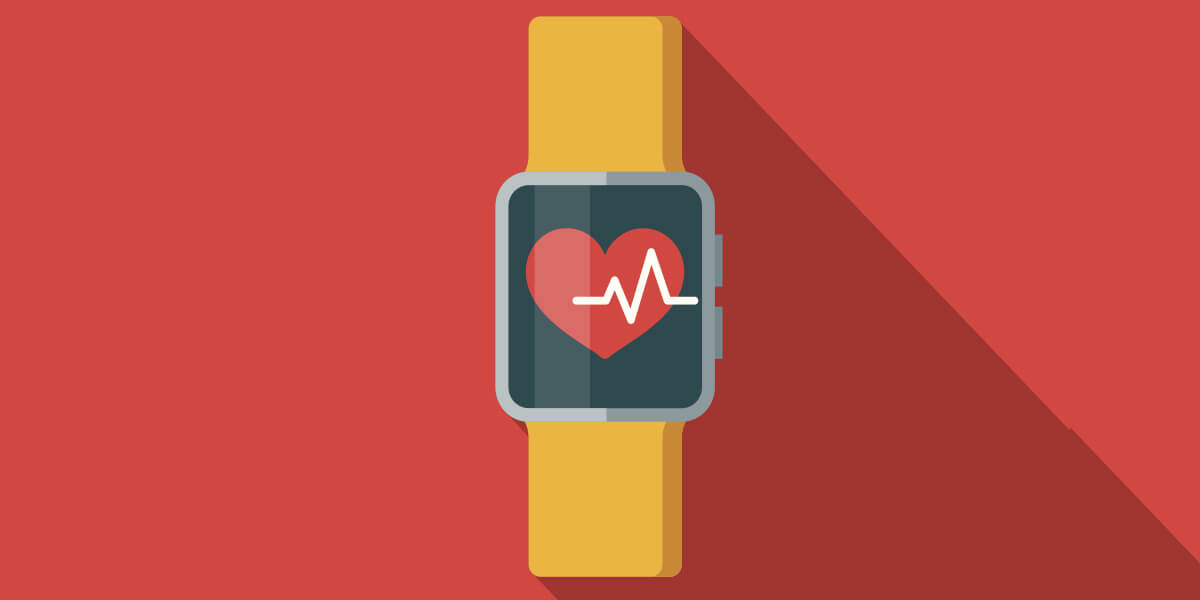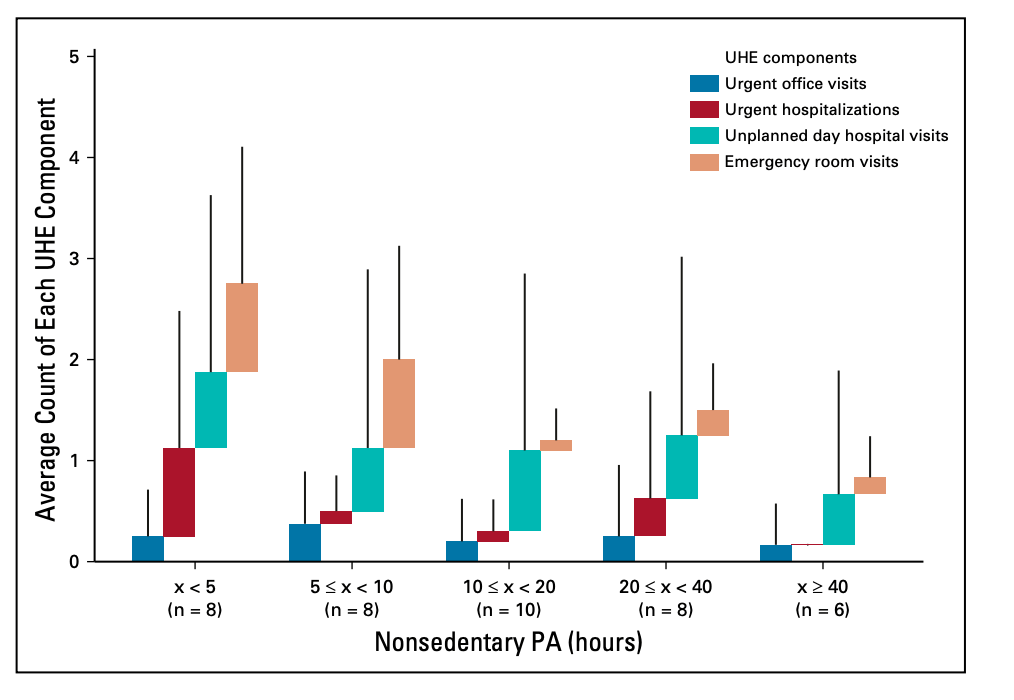
After analyzing the data gathered from a smartphone app and wristband worn by chemotherapy patients, the researchers linked lower activity levels to more unexpected health encounters, such as emergency room visits. Photo/iStock.
Chemotherapy drugs kill cancer cells by stopping them growing and multiplying, but they can also damage healthy cells. As a result, cancer patients can get sick—sometimes very sick—with complications ranging from pain and infection to dehydration and nausea. For doctors, getting the right balance between treatment intensity and side-effects can be hard. Now a digital-era solution is emerging. According to a paper lead-authored by USC computer science researchers, wearable activity trackers could be a useful tool to evaluate and help treat cancer patients.
After analyzing data gathered from a smartphone app and wristband worn by chemotherapy patients, the researchers linked lower activity levels to more unexpected health encounters, such as emergency room visits. As such, by tracking activity levels, wearables could help cancer patients receive the right treatment intensity, and act as a potential early-warning bell if a patient is not doing well.
“The project has tremendous potential to impact cancer treatments such as chemotherapy.” Dr. Jorge Nieva
The paper, published in JCO Clinical Cancer Informatics, is part of a USC-led initiative to unite national cancer and defense resources in pursuit of a common goal: a quantitative way to determine a patient’s health. The project, dubbed Analytical Tools to Objectively Measure Human Performance (ATOM-HP), aims to create high-quality performance status tracking system for cancer patients during therapy and long-term follow-up.
“A common problem in oncology is that we overtreat patients who are too frail or we undertreat those who can take more intense treatments,” said study co-author Dr. Jorge Nieva, a medical oncologist specializing in lung, neck and head cancer at Keck Medicine of USC.
“Being able to make sure the right intensity of treatment matches the right patient is something that has the potential to improve lives, improve cures, and also importantly reduce side effects. The project has tremendous potential to impact cancer treatments such as chemotherapy.”
An interdisciplinary effort, the paper’s authors include researchers from the USC Viterbi School of Engineering; USC Dornsife; USC Keck School of Medicine and Norris Comprehensive Cancer Center; and the University of Texas.
Getting the right balance
Nieva first teamed up with a multidisciplinary team at USC, including computer science researchers five years ago to work on a study about fatigue. They have since worked together on additional projects, including a study using a motion capture system in the clinic to identify patients at risk of complications. A practicing clinician, Nieva had long observed that, to receive aggressive chemotherapy, “the patient does not need to be able to run a marathon, but they do need to be able to clean their house or go to the grocery store.”
Currently, treatment decisions are based on the doctor’s observations at the clinic, and the patient’s own self-assessment, which are both subjective and prone to inaccuracies. Enter the wearable activity tracker system: a Microsoft Band 2, which tracks steps, heart rate and calories expended, and a Microsoft smartphone, with a patient-reported outcomes app.

Luciano Nocera, Cyrus Shahabi and Jorge Nieva are part of an interdisciplinary team of researchers.
“The study looks at using actual patient data to provide an objective assessment of their activity that can be used by oncologists,” said co-author Luciano Nocera, a senior research associate and associate director of USC Viterbi’s Integrated Media Systems Center.
“While we are quite good at telling how we feel, giving a number on fixed scale is too difficult and person dependent. Here, the technology has the potential to provide us with a number that is an objective measurement both clinicians and patients can rely on.”
According to the study’s findings, 41 patients completed the study, and 68% adhered to wearing the band over a 60-day period. The researchers collected the assessment scores from physicians and patients themselves and complied emergency room visits for the 60 days, plus 90 days afterwards, for a total of 150 days. After the study, the fitness tracker’s data revealed that patients with fewer hours of higher physical activity had a greater number of unplanned health encounters, such as unexpected emergency room visits.
Improving patient care
In addition to objectively determining if a patient is fit for aggressive chemotherapy, the tool could also be used in remote monitoring: a drop-off in activity could alert the clinician to intervene and prevent an emergency medical visit altogether.

Average count of unplanned health care encounter (UHE) components over the 150-day study period (n = 40), stratified by nonsedentary physical activity (PA) hours.
“Once we’ve identified someone as higher risk, you may want to arrange for more doctors’ visits, home nursing, or a telemedicine visit halfway through the treatment,” said Nieva. “Some people need a bit more hand-holding to have the best outcomes, and with this technology, we will know who these people are.”
Moving forward, the research team will conduct a larger randomized controlled trial to confirm the association between lower activity levels and higher unexpected health emergencies, and to develop a user interface for clinical use.
“Applying technology to measure how humans perform and applying it to improve patient care and patients’ quality of life is the most motivating aspect of this research,” said co-author Cyrus Shahabi, a computer science professor, chair of USC Viterbi’s Department of Computer Science and director of the Integrated Media Systems Center.
“With the COVID-19 pandemic, the need to develop health monitoring solutions that do not require the patient to go to the clinic has become more pressing,” said Shahabi, the Helen N. and Emmett H. Jones Professor in Engineering. “This is another exciting aspect of this research as it opens the doors to new paradigms in medicine that can have great societal impacts.”
Published on February 8th, 2021
Last updated on April 29th, 2022












